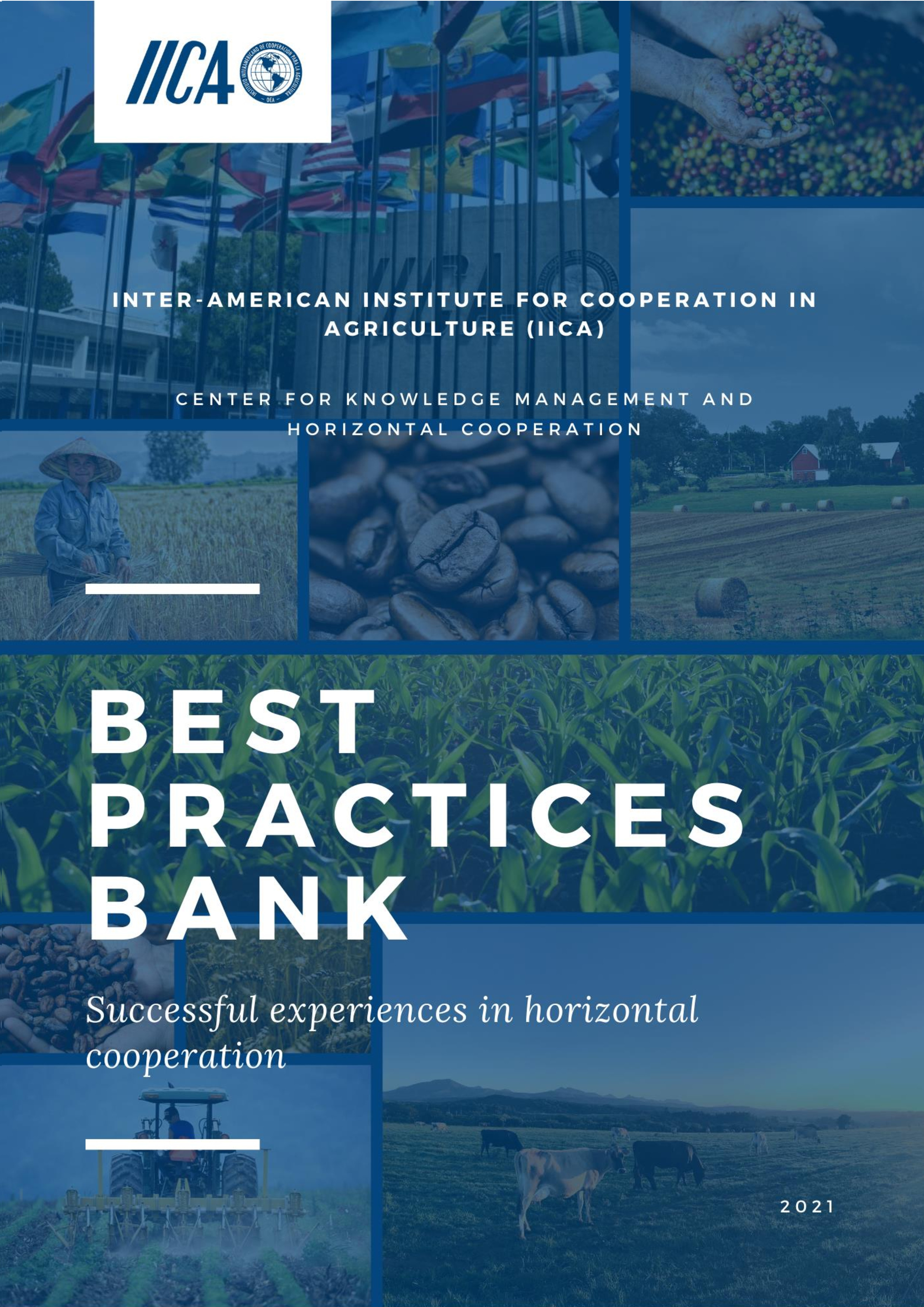 South American Locust Regional Management Plan
Strengthening implementation of the South American Locust Regional Management Plan to reduce the economic, social and environmental impacts of the plague in Argentina, Bolivia and Paraguay
South American Locust Regional Management Plan
Strengthening implementation of the South American Locust Regional Management Plan to reduce the economic, social and environmental impacts of the plague in Argentina, Bolivia and Paraguay

Challenges
Locusts are highly destructive crop and vegetation pests, capable of decimating a farmer's livelihood within minutes. After a 60-year recession, locusts made a forceful comeback in 2015, rapidly spreading across a vast 900,000 km² area in 2017-2018. This area encompasses approximately 100,000 farms in Argentina, Bolivia, and Paraguay, with the potential to extend their reach all the way to Brazil.
Towards a Solution
The South American Locust Regional Management Plan aims to assist over 300,000 beneficiaries in the 72,000 affected agricultural holdings. Due to its migratory and cross-border nature, collaboration among the involved countries—Argentina, Bolivia, and Paraguay—is essential to combat this pest. Effective communication between all public and private stakeholders at both national and regional levels is pivotal.
To enhance early warning systems and decision-making, actions outlined in the Regional Plan need to be streamlined and reinforced. This will optimize monitoring, control, and data flow, minimizing the impact of the locust plague on agricultural production and the livelihoods of farmers.
Interstate coordination is crucial for locust management. In 2017, the countries, through their national phytosanitary protection agencies (NPPAs), signed an agreement to develop a technically agreed-upon South American locust regional management plan, focusing on phytosanitary surveillance in border regions, phytosanitary control, training, and communication.
The NPPAs have responded effectively to emergencies in all three countries, collaborating with global experts and acquiring the necessary technical training to combat the locust plague.
Implementation involves standardizing data capture methods, creating a regional handbook, and establishing a regional mobile monitoring system. Ultra-low volume spraying, a water-efficient technique, will be used for locust control. A consultancy will assess the economic, social, and environmental impacts of the plague and potential funding sources for its control.
These improvements will feed into a regional real-time data visualization system, aiding decision-makers. A regional AI system will manage reports and alerts, enabling easy reporting by farmers and informants, streamlining response by the NPPAs. In northeast and northwest Argentina alone, the locust plague threatens agricultural production worth USD 3.7 billion annually, excluding fruit farms, cash crops, natural pastures, and livestock forage.
Warning systems will expedite responses to threats, ensuring efficient management and the application of communication and control technologies. The strengthened Regional Plan and surveillance system may attract other threatened countries in the region (Brazil, Uruguay, Peru, etc.) to join through cooperation agreements, enhancing project sustainability.
The success of the handbook and warning systems will set the stage for managing other locust species (e.g.: Central American locust) and various plagues or diseases affecting production in these countries.
Contact Information
Countries involved
Supported by
Implementing Entities
Project Status
Project Period
URL of the practice
Primary SDG
Primary SDG Targets
Similar Solutions
| NAME OF SOLUTION | Countries | SDG | Project Status | |
|---|---|---|---|---|
Adaptation of 3PA to Urban and Displacement Settings Using South-South and Triangular Cooperation in World Food Programme Three-Pronged Approach capacity strengthening through cross-learning initiatives |
Argentina, Bolivia (Plurinational State of), Paraguay | 02 - Zero Hunger | Completed | View Details |
Addressing Racial and Ethnicity-based Discrimination and Strengthening the Protection of Rural Afro-descendants UNFPA supports data disaggregation as a tool to fight racism and ethnic discrimination |
Argentina, Bolivia (Plurinational State of), Paraguay | 01 - No Poverty 02 - Zero Hunger 03 - Good Health and Well-being 05 - Gender Equality 06 - Clean Water and Sanitation 11 - Sustainable Cities and Communities 16 - Peace and Justice Strong Institutions | Ongoing | View Details |
Addressing the Philippine Dairy Sector Challenges Exchanging knowledge between Argentina and the Philippines to improve Philippine local dairy production |
Argentina, Bolivia (Plurinational State of), Paraguay | 08 - Decent Work and Economic Growth 17 - Partnerships for the Goals | Ongoing | View Details |
ADELANTE Triangular Cooperation European Union – Latin America and the Caribbean |
Argentina, Bolivia (Plurinational State of), Paraguay | 10 - Reduced Inequalities | Ongoing | View Details |
Adolescent Nutrition Programme to Address the Triple Burden of Malnutrition in Indonesia Nourishing today’s teens and tomorrow’s future in Indonesia |
Argentina, Bolivia (Plurinational State of), Paraguay | 02 - Zero Hunger 05 - Gender Equality | Completed | View Details |
